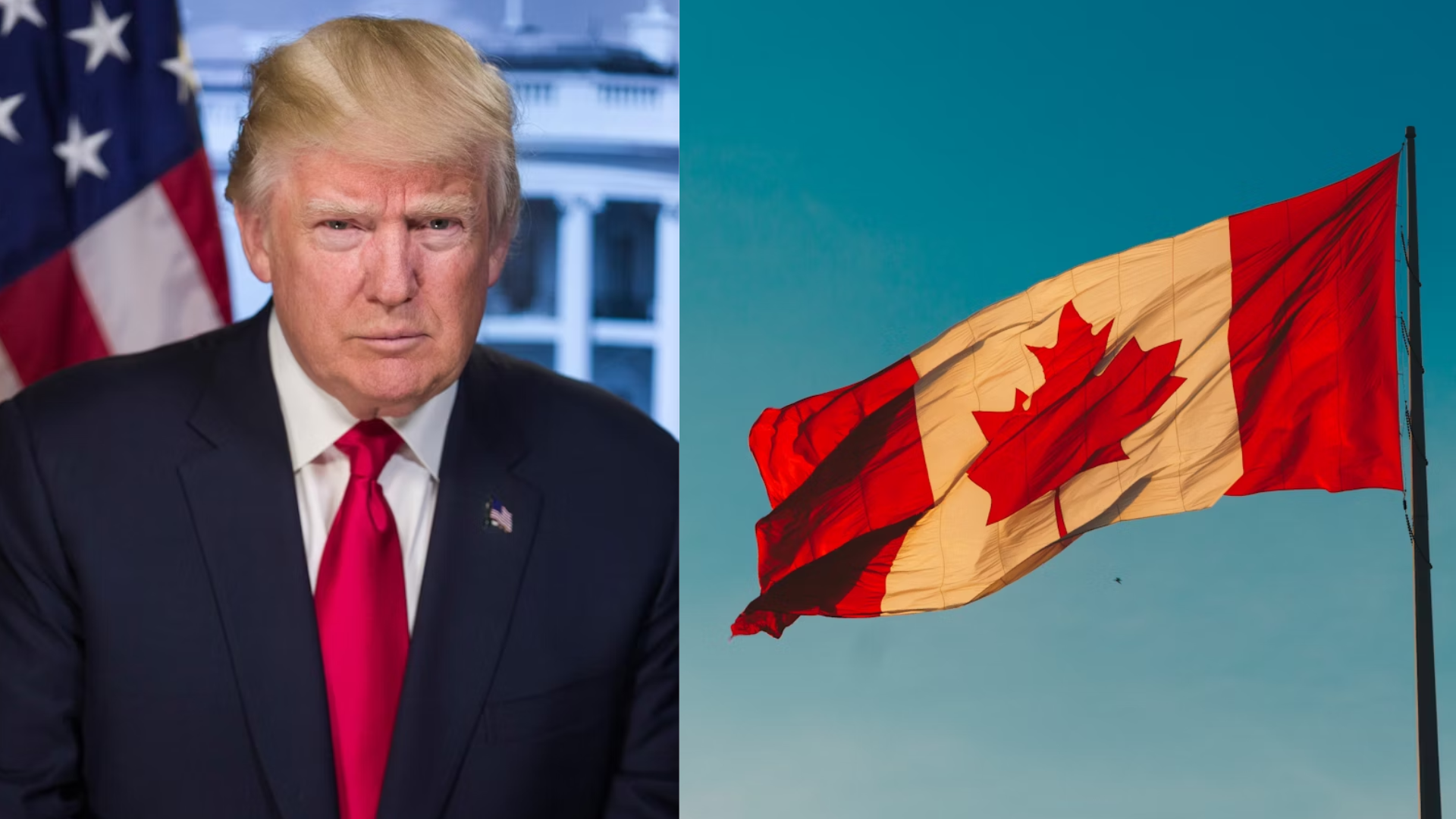West Texas Intermediate (WTI) crude prices slid further below $70.50 per barrel as the ongoing U.S.-China trade dispute intensified, raising fears of weakening global demand. Investors reacted to escalating tariffs and trade restrictions, which threaten economic growth and energy consumption in the world’s two largest economies. The oil market is facing additional pressure as sentiment weakens amid signs of slowing industrial activity.
China’s latest move to impose new tariffs on U.S. energy imports has further dampened market confidence. Beijing’s retaliatory measures against Washington include restrictions on crude oil purchases, which could reduce export demand for American producers. With China being one of the biggest consumers of crude, any disruption in trade flows adds uncertainty to an already fragile market.
At the same time, Rising U.S. crude inventories have fueled concerns of oversupply. Recent data from the Energy Information Administration (EIA) showed a significant build in stockpiles, reinforcing worries about weak demand. Despite efforts by OPEC+ to curb production and support prices, the broader macroeconomic environment remains a major headwind for the oil market.
The U.S. Federal Reserve’s stance on interest rates is also adding pressure on commodities, with a strong dollar making oil more expensive for global buyers. Higher borrowing costs and economic uncertainty are weighing on industrial production and transportation demand, further limiting oil’s upside potential. Traders are now closely monitoring geopolitical developments and economic indicators for further cues.
Market analysts warn that unless trade relations between the U.S. and China stabilize, WTI could face continued downside risk. Speculation over future policy decisions from both governments has added volatility, with traders bracing for further disruptions in global trade flows. Meanwhile, oil-producing nations may be forced to adjust strategies if prices remain under pressure for an extended period.
For now, WTI remains on a bearish trajectory as economic uncertainty and geopolitical tensions dictate market sentiment. Investors are increasingly cautious, waiting for signs of a potential resolution in trade negotiations before making major commitments in the energy sector. Until then, downside risks are expected to persist.
















